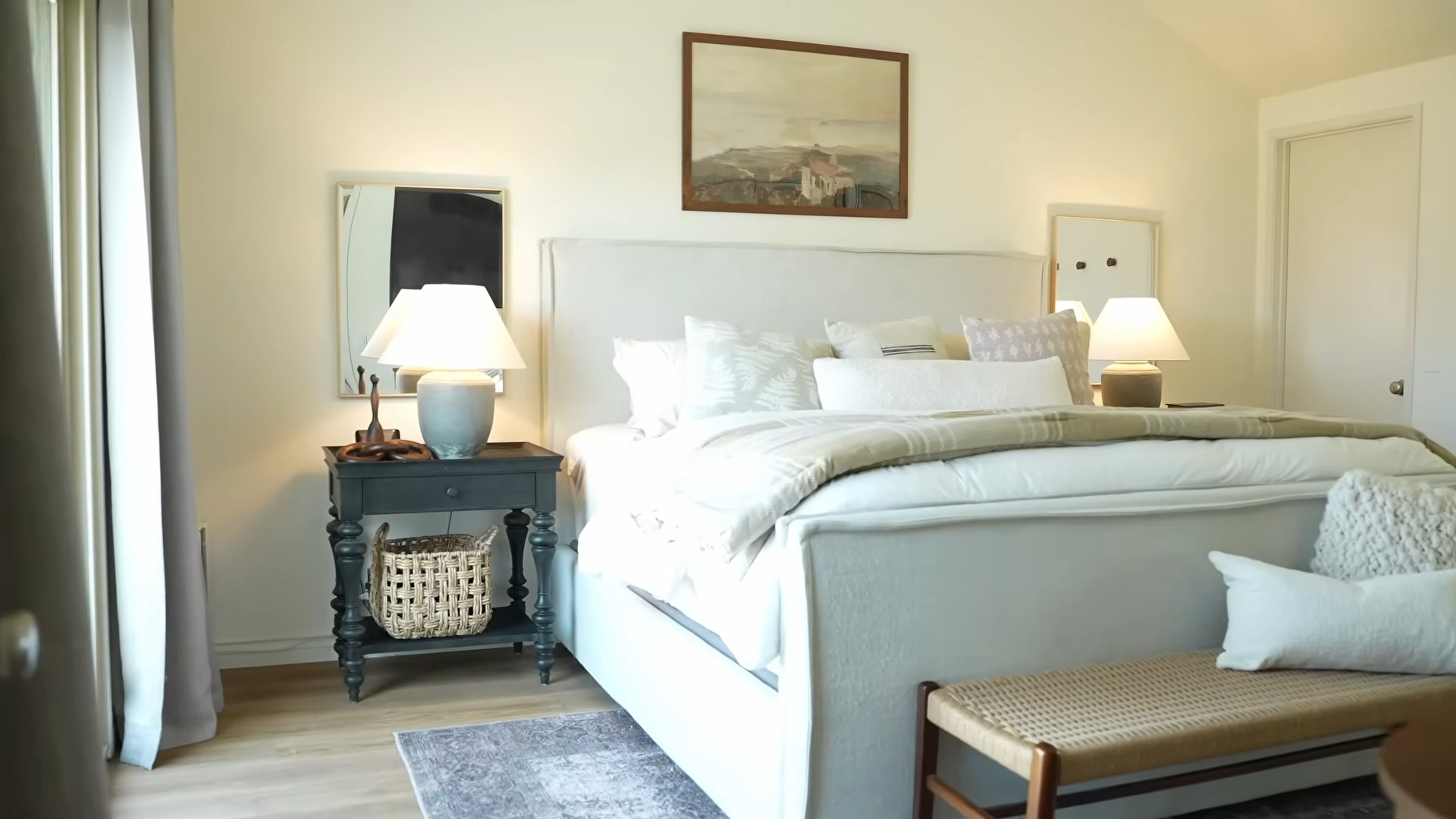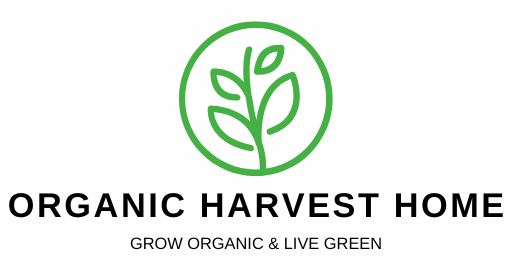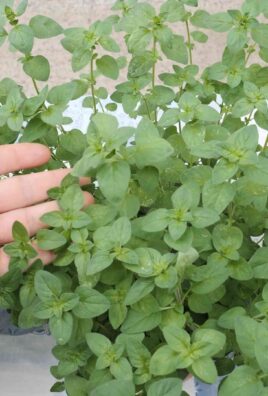Spotless home cleaning tips are the secret weapon you need to reclaim your weekends and finally enjoy a truly clean and comfortable living space. Are you tired of spending hours scrubbing, dusting, and still feeling like your home isn’t as clean as you’d like? I know the feeling! For generations, maintaining a clean home has been a cornerstone of well-being, reflecting not just hygiene but also a sense of order and peace. Think about the ancient traditions of spring cleaning, a practice rooted in cultures worldwide, symbolizing renewal and a fresh start.
But let’s be honest, in today’s busy world, who has time for all-day cleaning marathons? That’s where these DIY cleaning hacks come in! I’m going to share some of my favorite, tried-and-true methods for achieving a spotless home without breaking the bank or sacrificing your precious free time. These aren’t just your average cleaning tips; they’re clever, efficient, and often use ingredients you already have in your pantry. From tackling stubborn stains to creating your own eco-friendly cleaning solutions, these spotless home cleaning tips will transform your cleaning routine and leave you with a sparkling, healthy home you’ll be proud of. Get ready to say goodbye to cleaning overwhelm and hello to a cleaner, happier you!

DIY Spotless Home Cleaning: My Secrets Revealed!
Okay, friends, let’s dive into my tried-and-true methods for achieving a spotless home. I’m not talking about a quick tidy-up; I’m talking about that deep-clean feeling that makes you want to kick off your shoes and just *breathe*. I’ve broken down my routine into manageable chunks, so you can tackle it room by room, or even just focus on one area at a time. Let’s get started!
General Cleaning Supplies: My Must-Haves
Before we jump into specific areas, let’s gather our arsenal. These are the essentials I keep on hand for almost every cleaning task:
* Microfiber cloths: Seriously, ditch the paper towels! Microfiber cloths are reusable, super absorbent, and grab dust and grime like a magnet. I have a whole stash of them.
* All-purpose cleaner: I prefer a natural, eco-friendly option, but use whatever you like best.
* White vinegar: This is my secret weapon! It’s a natural disinfectant, deodorizer, and descaler. Plus, it’s super cheap!
* Baking soda: Another natural powerhouse! It’s great for scrubbing, deodorizing, and absorbing odors.
* Spray bottles: Essential for diluting cleaners and vinegar solutions.
* Scrub brush: For those tough-to-clean areas.
* Sponge: For general wiping and cleaning.
* Rubber gloves: Protect your hands!
* Vacuum cleaner: A good vacuum is essential for keeping floors clean.
* Mop: For hard floors.
* Toilet bowl cleaner: Because, well, you know.
* Glass cleaner: For streak-free windows and mirrors.
* Essential oils (optional): For adding a pleasant scent to your cleaning solutions. Lemon, lavender, and tea tree are my favorites.
The Kitchen: Conquering the Heart of the Home
The kitchen is often the dirtiest room in the house, but with a little elbow grease and these tips, you can get it sparkling!
Cleaning the Sink
1. Rinse thoroughly: Start by rinsing the sink with hot water to remove any loose debris.
2. Sprinkle with baking soda: Generously sprinkle baking soda all over the sink.
3. Scrub: Use a damp sponge or scrub brush to scrub the baking soda into the sink. Pay extra attention to any stains or grime.
4. Rinse with vinegar: Pour white vinegar over the baking soda. It will fizz! This is a good thing. Let it sit for a few minutes.
5. Rinse again: Rinse the sink thoroughly with hot water.
6. Dry: Dry the sink with a clean microfiber cloth.
7. Shine (optional): For stainless steel sinks, you can use a stainless steel cleaner to add extra shine.
Tackling the Oven
This is probably my least favorite chore, but it’s so satisfying when it’s done!
1. Remove racks: Take out the oven racks and soak them in hot, soapy water.
2. Make a baking soda paste: Mix 1/2 cup of baking soda with a few tablespoons of water to form a paste.
3. Coat the oven: Spread the baking soda paste all over the inside of the oven, avoiding the heating elements.
4. Let it sit overnight: This is the key! Let the baking soda paste sit overnight to loosen the grime.
5. Wipe clean: The next day, use a damp sponge or cloth to wipe away the baking soda paste. You may need to scrub a bit in some areas.
6. Rinse: Rinse the oven thoroughly with a damp cloth.
7. Clean the racks: Scrub the oven racks with a scrub brush and rinse them thoroughly.
8. Dry: Dry the oven and racks with a clean cloth.
Cleaning the Microwave
This is a quick and easy task that makes a big difference.
1. Microwave a bowl of water: Fill a microwave-safe bowl with 1 cup of water and add a few slices of lemon or a tablespoon of vinegar.
2. Microwave for 5 minutes: Microwave the water on high for 5 minutes. This will create steam that loosens the grime inside the microwave.
3. Let it sit for 5 minutes: Leave the door closed for another 5 minutes to allow the steam to work its magic.
4. Wipe clean: Carefully remove the bowl and wipe down the inside of the microwave with a damp sponge or cloth. The grime should come off easily.
Cleaning the Refrigerator
A clean fridge is a happy fridge!
1. Remove everything: Take everything out of the refrigerator, including shelves and drawers.
2. Discard old food: This is a good time to get rid of any expired or spoiled food.
3. Wash shelves and drawers: Wash the shelves and drawers with hot, soapy water.
4. Wipe down the interior: Wipe down the inside of the refrigerator with a solution of equal parts water and white vinegar.
5. Dry: Dry the shelves, drawers, and interior with a clean cloth.
6. Replace everything: Put everything back in the refrigerator, organizing as you go.
The Bathroom: Banishing Bacteria and Grime
The bathroom can be a breeding ground for bacteria, so it’s important to keep it clean.
Cleaning the Toilet
1. Flush the toilet: Flush the toilet to wet the bowl.
2. Apply toilet bowl cleaner: Apply toilet bowl cleaner under the rim of the bowl.
3. Let it sit: Let the cleaner sit for the recommended amount of time (usually 10-15 minutes).
4. Scrub: Use a toilet brush to scrub the bowl thoroughly.
5. Flush: Flush the toilet to rinse.
6. Wipe down the exterior: Wipe down the exterior of the toilet with a disinfectant wipe or a solution of equal parts water and white vinegar.
Cleaning the Shower/Tub
1. Spray with cleaner: Spray the shower or tub with an all-purpose cleaner or a solution of equal parts water and white vinegar.
2. Let it sit: Let the cleaner sit for a few minutes to loosen the grime.
3. Scrub: Use a scrub brush or sponge to scrub the shower or tub thoroughly. Pay extra attention to any soap scum or mildew.
4. Rinse: Rinse the shower or tub thoroughly with water.
5. Dry: Dry the shower or tub with a clean cloth or squeegee to prevent water spots.
Cleaning the Sink and Countertop
1. Wipe down: Wipe down the sink and countertop with an all-purpose cleaner or a solution of equal parts water and white vinegar.
2. Clean the faucet: Clean the faucet with a damp cloth and a mild cleaner.
3. Dry: Dry the sink, countertop, and faucet with a clean cloth.
Cleaning the Mirror
1. Spray with glass cleaner: Spray the mirror with glass cleaner.
2. Wipe clean: Wipe the mirror clean with a microfiber cloth.
The Living Room: Dusting and Decluttering
The living room is where we relax and unwind, so it’s important to keep it clean and inviting.
Dusting
1. Start high: Start by dusting high surfaces, such as ceiling fans and light fixtures.
2. Work your way down: Work your way down, dusting shelves, furniture, and other surfaces.
3. Use a microfiber cloth: Use a microfiber cloth to dust.
4. Dust electronics: Use a dry microfiber cloth to dust electronics.
Vacuuming
1. Vacuum carpets and rugs: Vacuum carpets and rugs thoroughly.
2. Vacuum upholstery: Use the upholstery attachment to vacuum furniture.
3. Vacuum hard floors: Vacuum hard floors to remove dust and debris.
Decluttering
1. Put things away: Put away any items that are out of place.
2. Organize: Organize shelves, drawers, and other storage areas.
3. Donate or discard: Donate or discard any items that you no longer need or use.
Bedrooms: Creating a Peaceful Sanctuary
Bedrooms should be a haven of peace and tranquility, and a clean bedroom is essential for a good night’s sleep.
Making the Bed
1. Strip the bed: Remove all the bedding.
2. Wash the bedding: Wash the bedding in hot water.
3. Make the bed:

Conclusion
Achieving a spotless home doesn’t have to involve harsh chemicals or expensive cleaning services. This DIY cleaning trick, focusing on natural and readily available ingredients, offers a powerful and effective alternative for maintaining a sparkling clean living space. We’ve shown you how to harness the power of simple household items to tackle common cleaning challenges, from stubborn stains to lingering odors. The beauty of this method lies not only in its effectiveness but also in its eco-friendliness and cost-effectiveness. You’re not just cleaning; you’re contributing to a healthier environment and saving money in the process.
This DIY approach is a must-try because it empowers you to take control of your cleaning routine. You know exactly what’s going into your cleaning solutions, eliminating concerns about harmful chemicals affecting your family or pets. Plus, the satisfaction of creating your own effective cleaner is incredibly rewarding. It transforms a mundane chore into a fulfilling accomplishment.
But don’t just take our word for it! The real magic happens when you put this trick into practice. Experiment with variations to suit your specific needs and preferences. For instance, if you’re dealing with particularly tough grease, add a tablespoon of washing soda to the mixture. For a refreshing scent, infuse your solution with a few drops of your favorite essential oil, such as lemon, lavender, or tea tree. Remember to always test any new cleaning solution on an inconspicuous area first to ensure it doesn’t damage the surface.
Variations to Consider:
* For Hardwood Floors: Dilute the solution further with water to prevent any potential damage to the finish.
* For Tile and Grout: Use a slightly stronger concentration and scrub with a stiff-bristled brush to remove stubborn grime.
* For Upholstery: Test the solution on a hidden area first and use a damp cloth to gently blot the stain. Avoid over-wetting the fabric.
We are confident that this DIY cleaning trick will become a staple in your home cleaning arsenal. It’s simple, effective, and environmentally friendly – a winning combination for a spotless home and a clear conscience.
Now, it’s your turn! We encourage you to try this DIY cleaning trick and experience the difference for yourself. Share your results, variations, and tips in the comments below. Let’s build a community of clean-home enthusiasts who are passionate about natural and effective cleaning solutions. Your experiences can inspire others and help us all discover even more ways to achieve a spotless home using simple, DIY methods. We can’t wait to hear your success stories!
Frequently Asked Questions (FAQ)
1. Is this DIY cleaning solution safe for all surfaces?
While this DIY cleaning solution is generally safe for most surfaces, it’s always best to test it on an inconspicuous area first. This is especially important for delicate surfaces like wood, painted walls, and certain types of fabrics. Observe the area for any discoloration, damage, or adverse reactions before applying the solution to a larger area. If you’re unsure about a particular surface, consult the manufacturer’s instructions or a professional cleaner. Remember, prevention is key to avoiding any potential damage.
2. Can I use different types of vinegar for this cleaning trick?
White vinegar is the most commonly recommended type of vinegar for cleaning due to its acidity and lack of color, which minimizes the risk of staining. However, you can experiment with other types of vinegar, such as apple cider vinegar, but be mindful of their color and potential scent. Apple cider vinegar has a milder scent than white vinegar, but it may leave a slight residue on some surfaces. Avoid using balsamic vinegar or other dark-colored vinegars, as they can stain. Always dilute the vinegar with water to reduce its acidity and prevent damage to sensitive surfaces.
3. How often should I use this DIY cleaning solution?
The frequency of use depends on the specific cleaning task and the level of dirt or grime. For general cleaning, you can use this solution as often as needed. For tougher stains or heavily soiled areas, you may need to apply the solution more frequently or let it sit for a longer period before wiping it away. However, avoid overusing the solution, as excessive moisture can damage some surfaces. Always allow surfaces to dry completely after cleaning.
4. Can I add essential oils to this DIY cleaning solution?
Yes, adding essential oils to this DIY cleaning solution is a great way to enhance its scent and add extra cleaning power. Essential oils like lemon, lavender, tea tree, and eucalyptus have antibacterial and antifungal properties that can help to disinfect and deodorize your home. Simply add a few drops of your favorite essential oil to the solution and shake well before using. However, be cautious when using essential oils around pets and children, as some oils can be toxic if ingested. Always store essential oils out of reach of children and pets.
5. What are some other natural ingredients I can use for home cleaning?
Besides vinegar, there are many other natural ingredients that can be used for home cleaning. Baking soda is a versatile cleaner that can be used to scrub surfaces, deodorize carpets, and unclog drains. Lemon juice is a natural disinfectant and degreaser that can be used to clean countertops, sinks, and cutting boards. Hydrogen peroxide is a powerful stain remover and disinfectant that can be used to clean bathrooms and kitchens. Castile soap is a gentle and effective cleaner that can be used for a variety of cleaning tasks. Experiment with different combinations of these ingredients to find the perfect natural cleaning solutions for your home.
6. How do I store this DIY cleaning solution?
Store your DIY cleaning solution in a clean, labeled spray bottle or container. Keep it out of reach of children and pets. It’s best to store the solution in a cool, dark place to prevent the ingredients from degrading. While the solution is generally stable, it’s recommended to use it within a few months for optimal effectiveness. If you notice any changes in color, odor, or consistency, discard the solution and make a fresh batch.
7. What if this DIY cleaning trick doesn’t work for a particular stain?
Some stains are more stubborn than others and may require specialized cleaning methods. If this DIY cleaning trick doesn’t work for a particular stain, try pretreating the stain with a stain remover or enzyme cleaner before applying the solution. You can also try increasing the concentration of vinegar in the solution or letting it sit for a longer period. For particularly tough stains, you may need to consult a professional cleaner.
8. Is this DIY cleaning solution safe for septic systems?
Yes, this DIY cleaning solution is generally safe for septic systems. The ingredients are biodegradable and won’t harm the beneficial bacteria in your septic tank. However, avoid using excessive amounts of the solution, as this could overload your septic system. Always follow the manufacturer’s instructions for your septic system and consult a professional if you have any concerns.
9. Can I use this solution to clean my windows and mirrors?
Yes, this solution can be used to clean windows and mirrors. The vinegar helps to cut through grime and leave a streak-free shine. Simply spray the solution onto the surface and wipe clean with a microfiber cloth. For best results, use a clean, dry cloth to buff the surface after wiping. Avoid using paper towels, as they can leave lint behind.
10. What are the benefits of using DIY cleaning solutions over commercial cleaners?
There are many benefits to using DIY cleaning solutions over commercial cleaners. DIY solutions are typically more affordable, environmentally friendly, and safer for your family and pets. They also allow you to control the ingredients and avoid harsh chemicals that can irritate your skin and respiratory system. By making your own cleaning solutions, you can reduce your exposure to harmful toxins and create a healthier home environment.





Leave a Comment